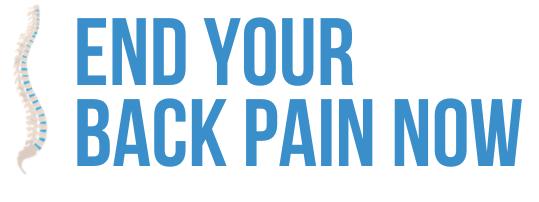If you have not read through and been practicing the pelvic tilting drill from part one of this series, then do NOT go further until you have done so!! (Click here for part 1) For those of you who have, welcome back. Hopefully you have gained some useful insight as a result of practicing your pelvic tilting motions throughout the day. Most people will notice a few things here:
1. Correcting your posture every hour on the hour is a pain in the a##. (No pun intended!)
2. Getting into neutral or anterior pelvic tilt has shown you how far out of neutral you really are, or how flat your spine really is.
3. Pain relief is directly correlated to the pelvic position you are in.
Here is a video re-cap:
httpv://www.youtube.com/watch?v=v51wBntP0Rc
More Lifestyle
As I mentioned, LIFESTYLE adjustments are the most important factors to consider when working with a disc herniation. Structural problems with the spine take time, so the most important thing to focus on is essentially to not “add insult to the injury”.
The lifestyle factors I am about to deliver here may be at first seem drastic, and you may feel tempted to follow only the ones you feel like, but you have to trust me on these.
When doing a consultation, I will NOT work with a disc herniation patient unless they are fully committed to these lifestyle changes, and have their spouse assist them in the process.
Why?
Well, because it only takes ONE STUPID choice to lift something improperly, or bend over the wrong way, etc. in order to blow the disc. Then you have to
start all over again, or its off to the operating table!
Take care of these lifestyle recommendations, and you will have success. Failure to follow them may result in long term and repeated setbacks in the healing process.
So, don’t say I didn’t warn you!
-
Training and Taping Of The Lumbar Curve
Here is a quick video:
httpv://www.youtube.com/watch?v=wv9s_403DyY
One of the best tricks I picked up was taping the lumbar spine. This is a cool little trick for teaching you how to stay in the ideal position for pain relief, and it also functions as a “warning light” as to when you are unconsciously flexing your lumbar spine.
You will need someone to assist you will this process.
First, lay face down on the ground. Naturally, you will have some extension in your lower back which is good.
Next, perform an anterior pelvic tilt as far as you can comfortably go. Then, from the end of the range of motion, allow your pelvis to move back toward neutral just a hair. This is the position in which you will hold for the taping.
Then, have your helper run two strips of tape from just below your PSIS bones to about T-11/T-12. (Just above your last ribs).
I highly suggest using some “pre-tape” here. This makes it easier to remove later without ripping your skin or hair off if you happen to have some on your lower back.
Find GOOD tape here:
http://www.optp.com/Departments/Taping/All-Varieties-of-Tape.aspx
Run about 2 strips up each side of the spine, and make sure they are securely in place.
Now, here is the fun part….
Since the tape is now holding your spine into a light extension, you will need to get up onto your hands and knees, then get to a standing position without pulling the tape off! You will now find it VERY easy to know when you are flexing your lumbar spine. Whenever that tape begins to tighten, it will be a signal that you need to watch out in that particular position or activity for increased disc pressure.
It is a fabulous learning tool, sometimes aggravating, but VERY necessary in the process of reducing disc herniation pressure and pain.
The tape will naturally wear as you shower and move with it, but in some cases, it will stick as long as a week, depending on the type of tape you buy, your skin type, and how securely you applied it.
That’s it for part 2! Baby steps, baby steps. Remember, with disc herniations, you have nothing but time, and a focus on NOT adding further insult to injury! Now, get out there and do some taping!
See you next time for Part 3!
-Sam Visnic NMT
